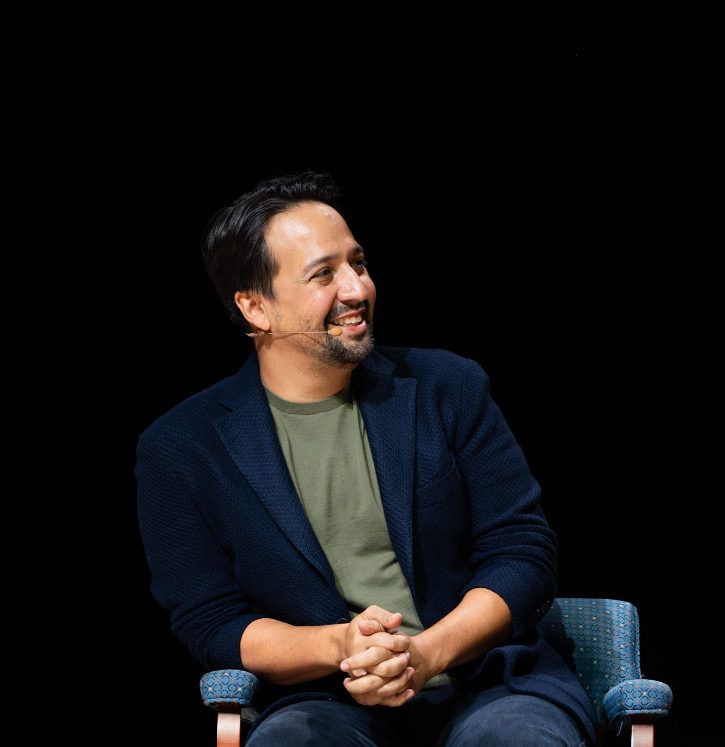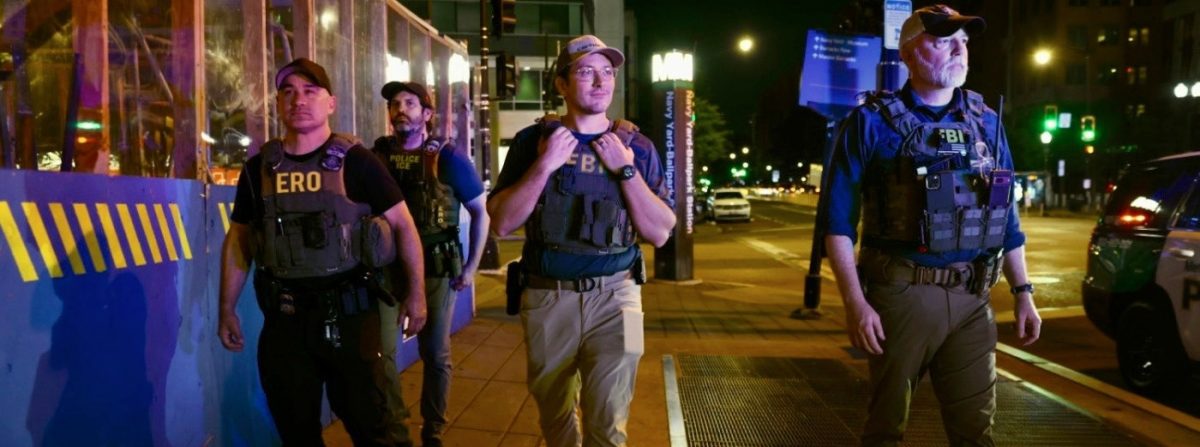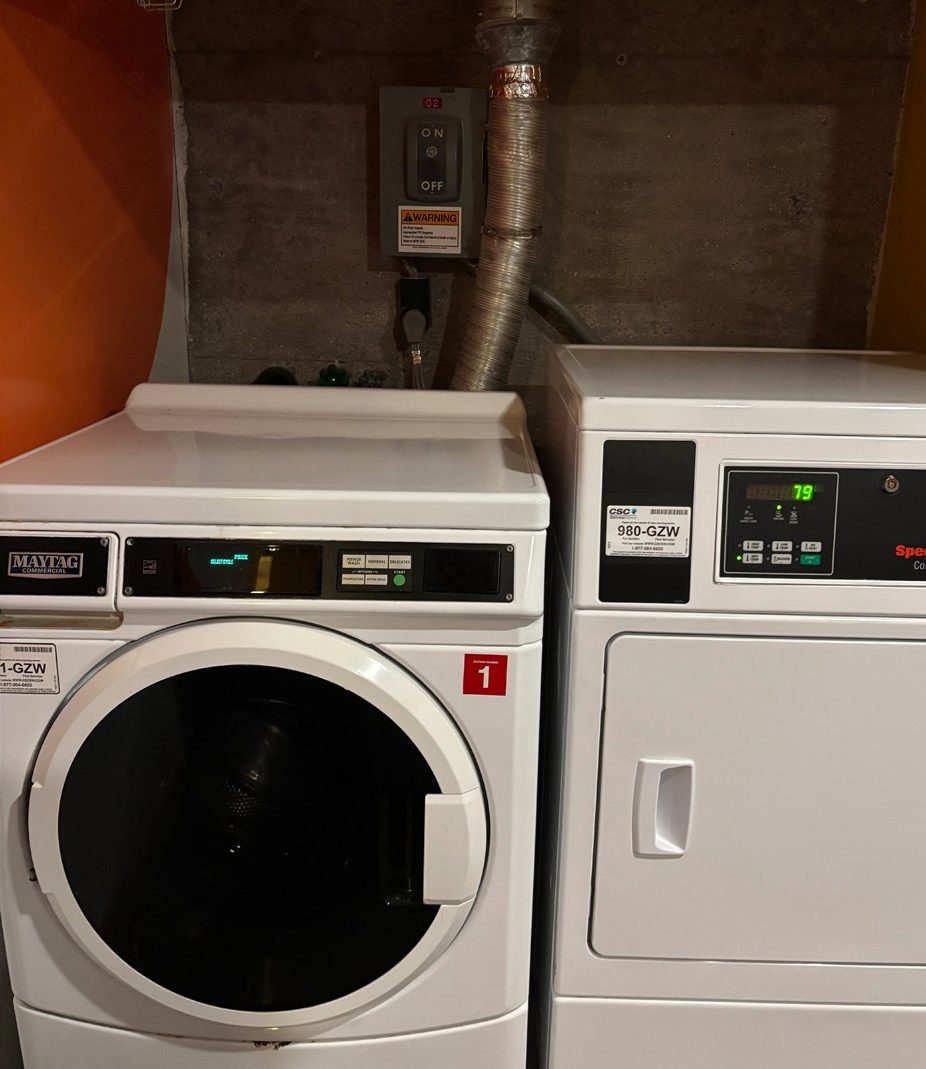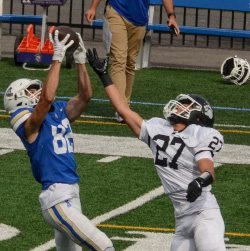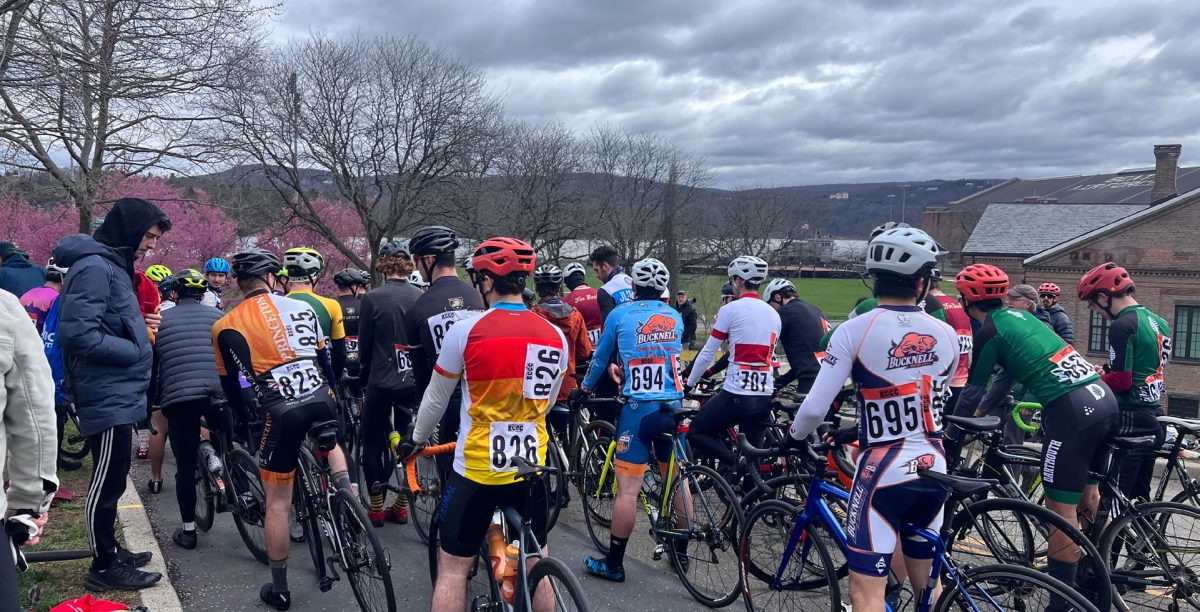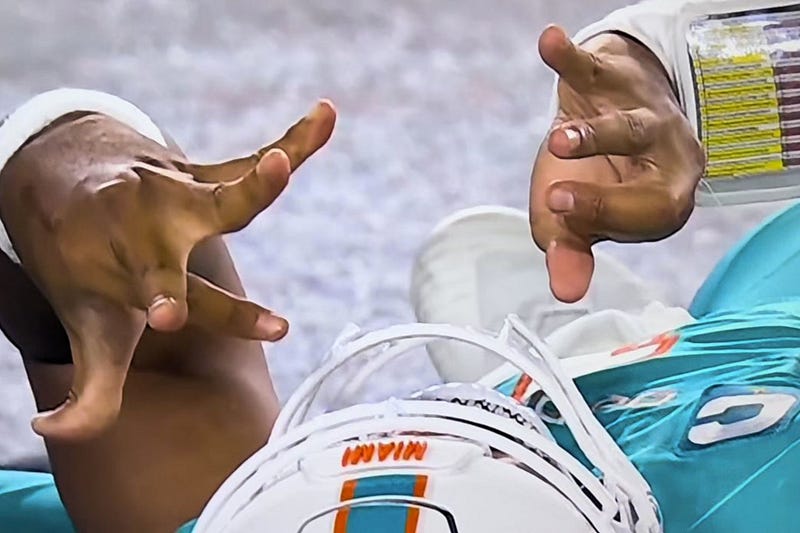
Football is as loved as virtually anything else in America. Per Wikipedia: “In a 2014 poll conducted by Harris Interactive, professional football ranked as the most popular sport, and college football ranked third behind only professional football and baseball; 46% of participants ranked some form of the game as their favorite sport.” Look at
Friday Night Lights
; look at the fact that since 2017, it has cost at least five million dollars to purchase 30 seconds of commercial airtime during the Super Bowl. The National Football League is flourishing.
Now, the obligatory and obvious criticism of American football: It is dangerous, and the mild form of danger that features in most other sports. Helmet-to-helmet contact has dealt out a lot of serious head trauma. In 2011, former Atlanta Falcon Ray Easterling filed a lawsuit against the NFL for their treatment of concussions and other related injuries. Less than a year later, Easterling had taken his own life. An autopsy revealed that Easterling had been suffering from chronic traumatic encephalopathy (CTE), a degenerative brain disease often connected to repeated head trauma.
In 2017, a study published in the Journal of the American Medical Association found CTE in 99% of the brains from a sample of deceased NFL players. Notably, the study lacked a control group, and families of players suspected to have suffered from CTE had additional motivation to donate brains for studies, but the correlation was far too significant to ignore.
The risks of playing in the NFL are well-documented at this point, and the research is out there. Late 2015 saw the premiere of the movie
Concussion
, which focused on the titular head injuries impacting NFL players and starred Will Smith as forensic pathologist Dr. Bennet Omalu. If anything was going to wound the seemingly impervious NFL, this was it. Yet, the impact was more of a drop in the ocean than anything. “But even when it’s having a bad week, the NFL comes out on top,” wrote Soraya Nadia McDonald in the
Washington Post
. (The title of the piece: “‘Concussion,’ the NFL, and the limits of empathy.”) “‘Concussion’ grossed just $11 million in its first weekend,” she continued, “a mere fly on the back of the $7.2 billion annual cash cow that is the NFL.”
In 2015, Robert Mays interviewed
Concussion
director Peter Landesman for Grantland.com. “It’s difficult for me,” said Mays, a football fan and reporter, “someone for whom football means so much and knows how that Frontline documentary [an exposé on the NFL’s awareness of the cause of long-term brain injuries to their players] made me feel. It’s almost a visceral reaction.”
“You’ll still be able to love the game. I promise you. This movie does not take down the game. I still love it,” Landesman replied, “and I still watch it.” This is the problem, I think: that American football has wormed its way into so many hearts that we no longer have the capacity to make any significant structural changes. Making football safe means changing the very makeup of the sport, whose popularity speaks to the likelihood that most fans would not be willing to make the trade.
In week three of this NFL season, Miami Dolphins quarterback Tua Tagovailoa was tackled backwards, rolling onto his back and hitting his head on the turf at the end of his roll. He shook his head repeatedly after getting up, before completely losing control of his limbs and falling to one knee. Despite the visible likelihood of a head injury, the NFL claimed that Tagovailoa had a back injury and had passed the necessary health checks to take the field in week four.
In the second quarter of that Week Four game against the Cincinnati Bengals, Tagovailoa got tackled again. This time he was wrapped up around the waist and dragged down backwards legs-first. His torso took a second to follow his lower half to the ground, but when it did, his head whiplashed into the ground with sickening force. Tagovailoa laid on the ground for a couple minutes. His hands seized up into jarring, unnatural positions, drawing YouTube comments like “Bro seeing his fingers go like that is one of the scariest things I’ve ever seen — prayers up to this young 24 year old man.” He was carted off on a stretcher.
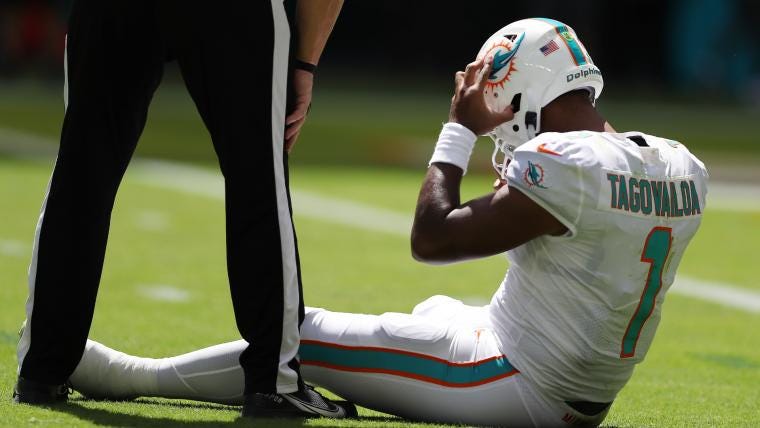
Tagovailoa missed the week five and six games, resting before beginning training and going through concussion protocol, and he was right back on the field for week seven, barely three weeks after the injury against the Bengals. Tagovailoa’s return brought with it the first Dolphins win since his injury, as well as headlines highlighting his in-game struggles. From
The New York Times
: “In Returns of Tua Tagovailoa and Brian Flores, Dolphins’ Troubles Are on Display.” Google Tua Tagovailoa’s name and most of the top articles are about his Game Seven performance, the concussion news buried under the avalanche. The headlines pinpoint the NFL’s blind spots — the injuries are already old news, being set aside to talk about the Dolphins’ win-loss record or Tagovailoa’s performance.
Not that there has been no reaction to Tagovailoa’s injuries, the NFL and NFL Players’ Association have agreed on new concussion protocol, including the mandatory sidelining of a player if they exhibit ataxia (signs of imbalance or a loss of motor control following a head injury, like in Tagovailoa’s case). The NFL has made steps in the past, as well.
The New Yorker
’s Louisa Thomas wrote the following on Oct. 12:
“Even the N.F.L. has been forced to acknowledge the damage done by the sport to the people who played it, settling for a billion dollars with former players who brought concussion-related lawsuits. Spotters were hired to sit in stadiums during games and watch out for players exhibiting signs of concussions; there are now protocols in place to test whether a player has suffered one, and there is a five-phase process that a player needs to follow if he’s diagnosed with one, before he can return to the field. This year, new guidelines required padded helmets during training camp for some players. The number of reported concussions has declined, and the subject has ceased to dominate conversation around the sport.”
It is technical progress, but the response feels like an attempt to slap a piece of duct tape over a gash in a boat’s hull. Though the new measures might prevent players from immediately reinjuring themselves after head trauma, they will not impact the root problem, which is that football is dangerous in its nature. Players’ heads will still be whipped into the ground after some tackles, helmet-to-helmet contact will continue to feature in every single game, and the players will continue to suffer the consequences.
Tagovailoa himself wanted to play on in the week three game after his first injury. Sports fans tend to view attitudes like this as a “warrior’s spirit,” or the “heart of a champion,” but such perseverance is actively harmful in cases like this. In the Wimbledon quarterfinals this year, Rafael Nadal played through an ab tear, and though he won the match, he worsened his injury significantly enough that he had to withdraw from the semifinal, then couldn’t play for a couple months thereafter. Many of those who die climbing Mount Everest lose their lives because they ignored their turnaround time in favor of the summit’s allure. The safe, sensible thing is to turn around, but climbers will sometimes ignore that, allowing their choices to be dictated by their athletic aspirations. Athletes need to be stopped in times of crisis, because much of the time, they are not capable of stopping themselves. The events of the last several weeks may well end up shaving years of Tagovailoa’s life.
You would think, then, that the least the NFL could do is run a tight ship with respect to concussions. Football is an inherently dangerous game that has negatively impacted many current and former players’ health. And the league certainly isn’t going to close itself down, so why not err on the side of being too strict?
We respect your dedication to the game, Tua,
the NFL could say,
but you have to take the rest of the season off. The risk of yet another head injury is way too high, and we want you to be safe.
The NFL’s current policies, highlighted by the doubtful characterization of Tagovailoa’s first injury as a back problem, are anything but too strict.
It seems that examples of the NFL’s destructive impact on many of its players are annoyances to those who watch rather than deal-breakers. The biggest existential threat to the league is not losing its fans, most of them are not going anywhere. It is more likely the potential death of up-and-coming players that could result from enough schools or parents forbidding kids to play. Quite simply, as tragic as cases like Tagovailoa’s are, they probably will not be enough to cause any major change in NFL safety policy, or the league’s viewing audience.
Maybe I’m being overly cynical — and I hope that’s the case — but I don’t see much of an alternative. The NFL has been able to not just survive but flourish after the thinnest of reactions to head trauma in the past, and one more example of it is unlikely to change that. A few thousand fans might be prepared to ditch their football fandom, but like the settlement money the NFL has had to pay in the past, it’s a drop in the bucket. American football is such a successful product (bordering on invincible at this point, really) — the fans know it, and worst of all, the league does too. This means that the event that will cause the NFL to seriously commit to protecting its players from head trauma hasn’t happened yet and might not happen at all.





